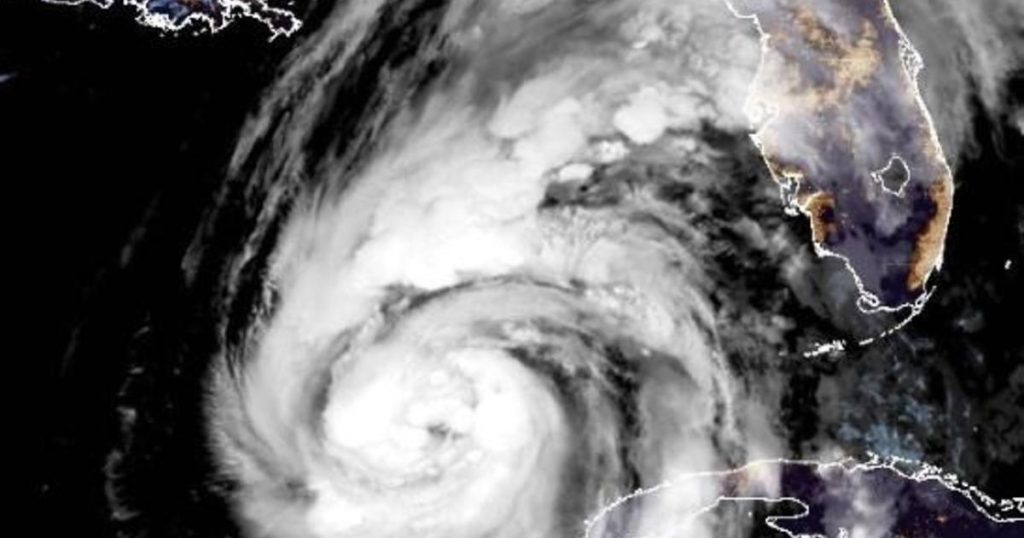Hurricane Helene, a Category 1 storm with maximum sustained winds of 85 mph, was moving towards Florida’s Big Bend Coast, bringing the potential for catastrophic winds and storm surge to the region. The storm was expected to strengthen and reach major hurricane status before making landfall. Residents in the area were advised to evacuate if told to do so by local officials, as the storm could bring high storm surge levels and destructive waves.
Following landfall, Hurricane Helene was forecasted to turn northwestward and slow down over the Tennessee Valley, bringing strong damaging winds well inland across the southeastern United States. Heavy rainfall was also expected, with potential for flash flooding, urban flooding, and significant river flooding. The storm was predicted to produce total rain accumulations of 6 to 12 inches, with isolated totals of up to 18 inches in some areas. Landslides were expected in steep terrain across the southern Appalachians.
In anticipation of the storm, warnings and watches were issued throughout Florida, with states of emergency declared in Georgia, North and South Carolina, and Virginia. Residents along Florida’s west coast were preparing by boarding up windows, fueling vehicles, and filling sandbags. Florida Governor Ron DeSantis urged residents to make preparations and put their plans in place ahead of the storm, as power outages were anticipated. Evacuation orders were issued in several counties, and officials were working to evacuate residential students at the University of Tampa.
Warm water in the Gulf of Mexico was fueling Hurricane Helene’s intensification, with record-warm sea surface temperatures acting as jet fuel for the storm. The high ocean heat content in the Gulf was contributing to the storm’s strength, with temperatures as warm as 89 degrees Fahrenheit in its path. These record temperatures have been attributed to human-caused climate change, with the North Atlantic Ocean experiencing record warm temperatures in 2024. The storm was expected to bring significant impacts to the region, with the potential for major damage, power outages, and flooding.
Officials in Florida were bracing for the impact of Hurricane Helene, with preparations underway for potential catastrophic winds, storm surge, and rainfall. Residents were urged to heed evacuation orders and make necessary preparations to protect life and property. The storm’s intensity and potential for significant damage prompted states of emergency declarations and evacuation orders in multiple states along the southeastern United States. As Hurricane Helene continued to track towards the Florida Big Bend Coast, residents and officials were taking necessary precautions to ensure safety and minimize the storm’s impact on the region.


